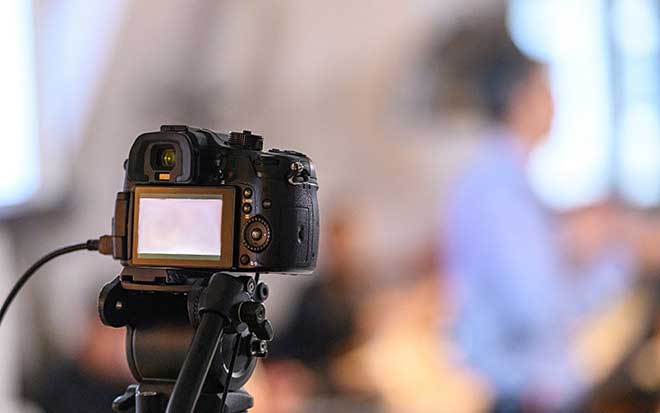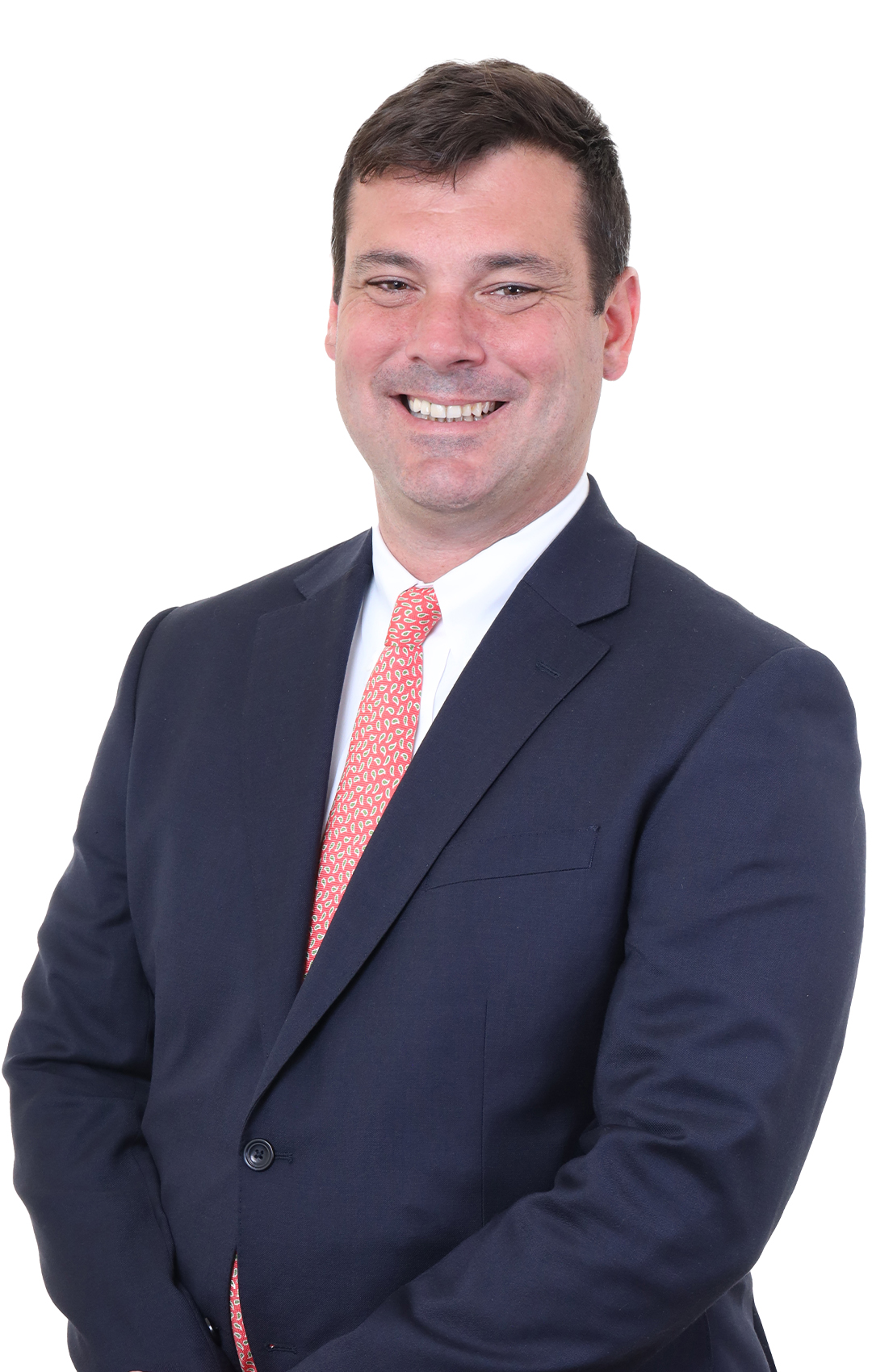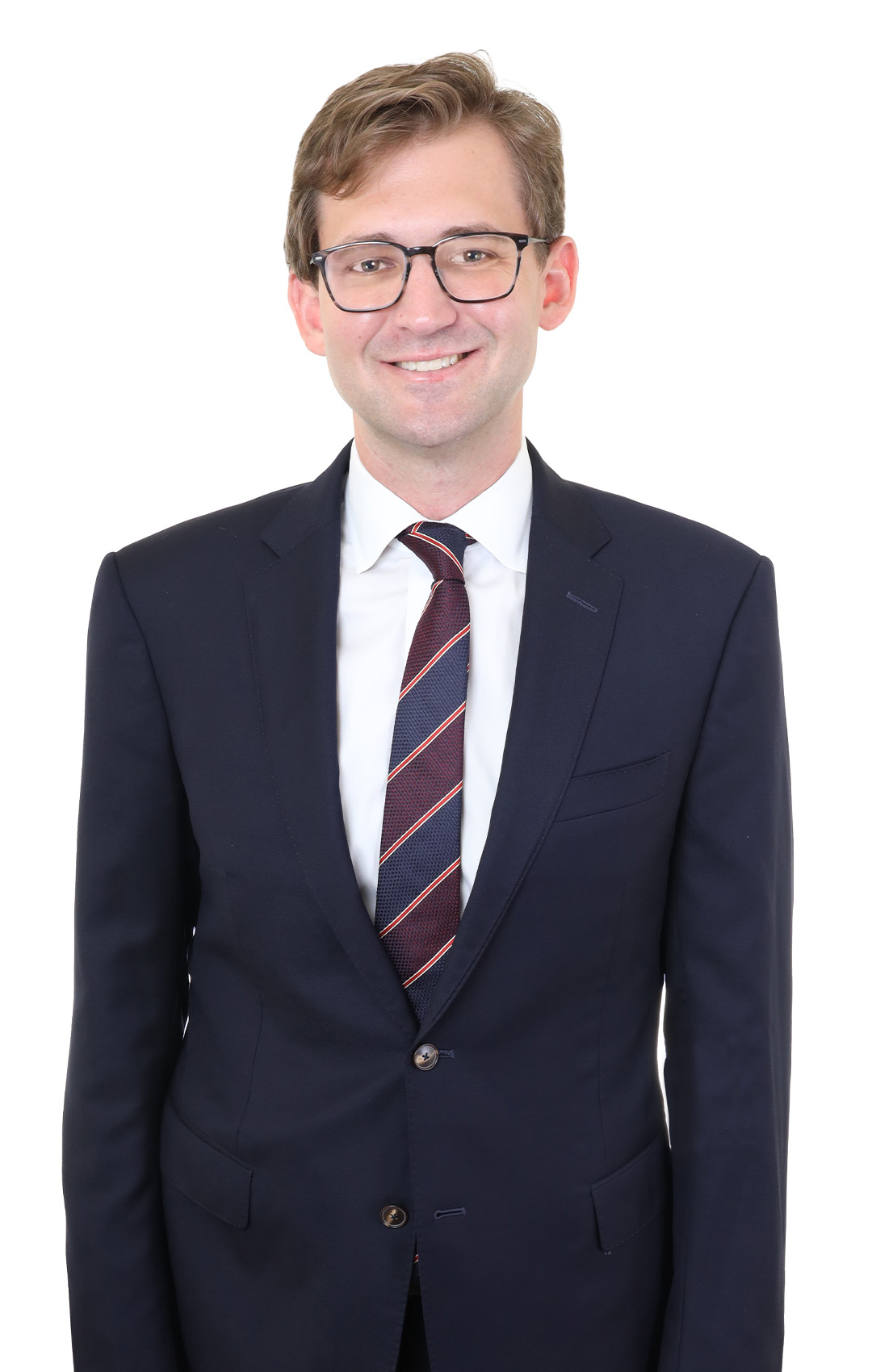
Insights
InsightsSubscribe
Insights

May 24, 2024
Federal Rule of Evidence 806: A Useful Tool to Demonstrate Bias in Serial Tort Litigation
The use of videotaped deposition testimony at trial has been commonplace now for decades and is the bread and butter of many serial tort cases. Upon a showing of witness unavailability, the Federal Rules allow for the presentation of video testimony, see e.g. Federal Rules of Civil Procedure (FRCP) 32(a) and Federal Rules of Evidence (FRE) 804, in some cases even when the deposition testimony was taken in a different matter involving different parties. See FRE 804(b)(1).[1] However, in serial tort litigation courts have sometimes treated this as a one-way street, allowing plaintiffs to use depositions taken in other cases against defendants but not letting the defendant use the same sorts of depositions offensively if the same plaintiff was not present at the deposition. The reasoning lies in the language of 804(b)(1) which requires analyzing whether the party against whom it’s offered “had — or, in a civil case, whose predecessor in interest had — an opportunity and similar motive to develop it by direct, cross-, or redirect examination.” FRE 804(b)(1)(B). A court’s inquiry is relatively straightforward when it comes to using the testimony against a corporate defendant in serial litigation – they were present at the first deposition, and if it is on roughly the same subject matter, they would have had an opportunity and similar motive to develop the testimony during the proceeding.
On the other hand, the court’s inquiry under 804(b)(1) is more complicated and context specific when a corporate defendant attempts to use a deposition of an unavailable witness offensively in litigation. The key difference is that when a defendant attempts to use the deposition, the plaintiff present at the deposition will almost always differ from the plaintiff against whom the testimony is being offered at trial. Though many courts have allowed such use under Rule 804(b)(1) or its state-rule equivalent after finding the previous plaintiff was a “predecessor in interest,” see, e.g., Horne v. Owens-Corning Fiberglas Corp., 4 F.3d 276 (4th Cir. 1993); Rich v. Kaiser-Gypsum Co., Inc., 103 So.3d 903 (Fla. Ct. App. 4th 2012), other courts have found that a former plaintiff is not a predecessor in interest of a current plaintiff in serial litigation. See Freeman v. Ethicon, 2022 WL 17348191 (C.D. Ca. Sept. 13, 2022) (finding that the prior plaintiffs did not share a similar motive in which they had a “similar motive” to present plaintiffs; therefore, precluding the use of the prior deposition testimony proposed by defendants).
However, there is another avenue for admission of deposition testimony that should be explored by corporate defendants in serial litigation to the extent it is applicable. FRE 806 is a seldom employed hearsay exception that allows for the admission of evidence attacking the credibility of a declarant when the declarant’s hearsay statement has been admitted into evidence. As noted by the FRE Advisory Committee, “[t]he declarant of a hearsay statement which is admitted in evidence is in effect a witness. His credibility should in fairness be subject to impeachment and support as though he had in fact testified.” Cited in U.S. v. Brainard, 690 F.2d 1117, 1128 (4th Cir. 1982). Thus, if an adverse hearsay statement or opinion from a declarant is admitted in a trial, previous deposition or trial testimony attacking the credibility of the declarant may be admissible, subject to the other rules of evidence. A Fourth Circuit Panel counseled that Rule 806 “provides that the credibility of the declarant of a hearsay statement may be attacked by any evidence which would be admissible for that purpose if the declarant had testified as a witness, e.g. by evidence of bias, interest, prejudice, prior conviction of a crime, inconsistent statements, the rule does not apply to statements which are not hearsay.” U.S. v. Sadler, 48 F.3d 1218 (4th Cir. 1995).
The rule has historically been utilized most often in the context of criminal cases. For instance, a Second Circuit panel recently found error with the exclusion of a subsequent hearsay statement from a third-party co-conspirator that called into question the veracity of his initial statement that was admitted into evidence and was used to convict the defendant. U.S. v. Stewart, 907 F.3d 677 (2d Cir. 2018). Likewise, an Eastern District of New York court allowed the introduction of hearsay statements from victims of an assault recorded by the FBI who invoked their Fifth Amendment right not to testify. Those hearsay statements were proffered as character evidence under Rule 608 and the Court found that the admission would be proper under Rule 806. U.S. v. Uvino, 590 F.Supp.2d 372 (E.D.N.Y. 2008).
However, Rule 806 has also been used in civil trials. A recent example involved the use of prior testimony from a previous criminal trial in a §1983 matter. The out-of-state declarant had offered affidavits contrary to testimony that was admitted from the previous trial. The affidavits were admitted under Rule 806 as evidence calling into question the credibility of the previously admitted out of court statements. See Fields v. City of Chicago, 2017 WL 4553411 (N.D. Ill. Oct. 12, 2017).
In the context of serial mass-tort litigation, FRE 806 may still be employed. FRE 802—the rule against hearsay—prohibits the use of out of court statements for the truth of the matter asserted. There are many exceptions to this rule, some of which may only apply when the declarant is unavailable and others in which it is inconsequential whether the witness is available. One such exception to the rule against hearsay concerns learned treatises under Rule 803(18). Generally, this exception applies when an expert witness relies on a published treatise in forming opinions, so long as the source is established as a reliable authority by the testimony of the witnesses, other experts, or through judicial notice. “The rationale for this exception is self-evident: so long as the authority of a treatise has been sufficiently established, the factfinder should have the benefit of expert learning on a subject, even though it is hearsay.” Costantino v. Herzog, 203 F.3d 164, 170–71 (2d Cir. 2000) (citing Christopher B. Mueller & Laird C. Kirkpatrick, Evidence § 8.52, at 997 (1995). See generally McCormick on Evidence §321; In re Welding Fumes Prods. Liab. Litig., 534 F.Supp.2d 761 (N.D. Ohio 2008). The declarants of these out-of-court statements are usually the authors of the articles and sometimes those authors end up as experts in the litigation itself. Id. Over the course of time, these declarant authors may be deposed and testify at trials. Even if that testimony occurred in another matter, the testimony – to the extent it undermines the credibility of the treatise author admitted under Rule 803(18) – should be admissible under Rule 806. This can include issues of bias, veracity of the data, or limitations of the article.
Practitioners should keep Rule 806 in mind when engaged in serial litigation. Though the case law in civil matters is scarce, the plain language of the rule and its application and purpose should provide avenues for its use when faced with slanted learned treatises offered into evidence from unavailable witnesses.
[1] Federal Rule of Civil Procedure 32(a) provides the basic framework for presenting deposition testimony in federal court proceedings. Of particular note, FRCP 32(a)(4) states that deposition testimony from unavailable witnesses may be used if: (1) “the witness is dead;” (2) “the witness is more than 100 miles from the place of hearing or trial or is outside the United States, unless it appears the absence was procured by the party offering the deposition;” (3) “the witness cannot attend or testify because of age, illness, infirmity, or imprisonment;” (4) “the party offering the deposition could not procure the witness’s attendance by subpoena;” or (5) “on motion and notice, exceptional circumstances make it desirable…to permit the deposition to be used.”
These materials have been prepared for informational purposes only and are not legal advice. This information is not intended to create, and receipt of it does not constitute, an attorney-client relationship. Internet subscribers and online readers should not act upon this information without seeking professional counsel.


